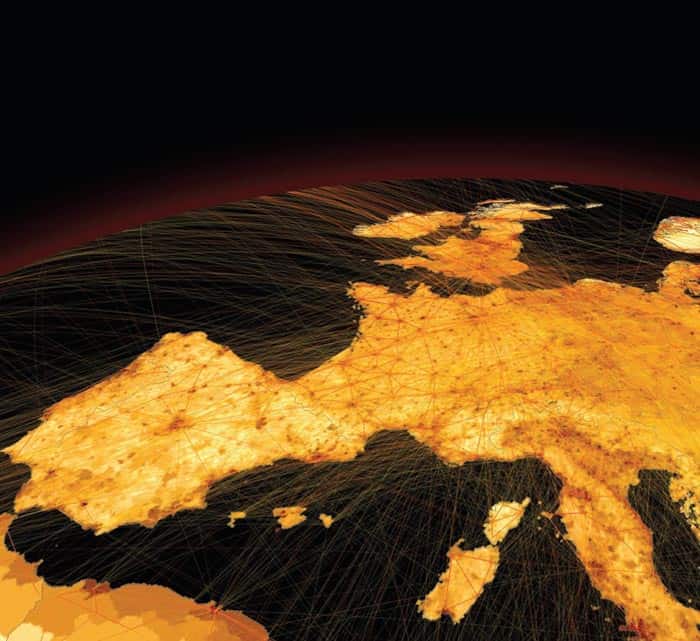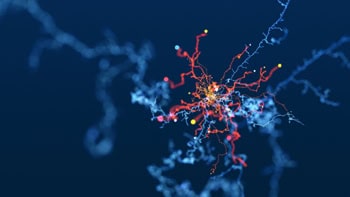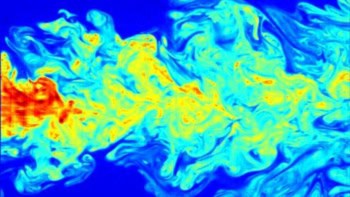
Two UK-based mathematicians have developed an analytical technique that can be used to calculate how fast an infectious disease can spread on a global level. Sam Moore and Tim Rogers at the University of Bath have shown that their calculations are better than computationally-intensive numerical models at predicting how infections will progress within real-world scenarios. Their work could lead to the development of protocols that could help authorities to prevent the rapid spread of diseases such as the COVID-19 coronavirus.
Ever increasing global and regional travel is a reality of modern life and provides infectious diseases with the opportunity to spread rapidly throughout the global population. The burgeoning field of “network epidemiology” aims to understand how this spreading occurs using a wide range of mathematical techniques. These methods have yielded useful results when applied to smaller-scale outbreaks. However, model networks become vastly more complex as they increase in size and huge computational resources are often needed to simulate epidemics on a global scale.
In their study, Rogers and Moore have taken an analytic approach to predicting the speed of disease, with the aim of reducing the need to do huge numerical simulations. They used a concept in network epidemiology that uses branching, tree-like networks to define the degrees of connection separating individuals from a central source. Even in our highly connected world, most people will come into close contact with a small number of other individuals. This sparseness of contact has been characterized using a “message passing” approach, which captures important aspects of how real diseases spread. While this approach had yielded important insights into disease outbreaks, until now it had not been used to calculate the speed of spread.
Updated equations
The duo adapted current message-passing analysis to account for the mean delay in infection between individuals, at different degrees of connection from the central source. Their updated equations allowed them to determine the times at which a simulated infection is most likely to arrive at certain individuals. Their showed excellent agreement with numerical simulations of real-world networks; even for densely populated communities, where webs of interaction become more complicated.

The flu fighters
Moore and Rogers demonstrated the versatility of their approach by successfully modelling the particularly complex case in which individuals only become infected after interacting with multiple people with the disease. In addition, they showed that the time taken for an infection to spread throughout the bulk of a population shows no dependence on network size. Rather, the jump from just a few, to many infected individuals can happen almost instantaneously.
The duo hopes that their results will pave the way to more detailed multi-layered and time-varying models. If achieved, they predict that routes towards the development of monitoring and prevention protocols for real-world diseases could soon emerge.
The research is described in Physical Review Letters.



